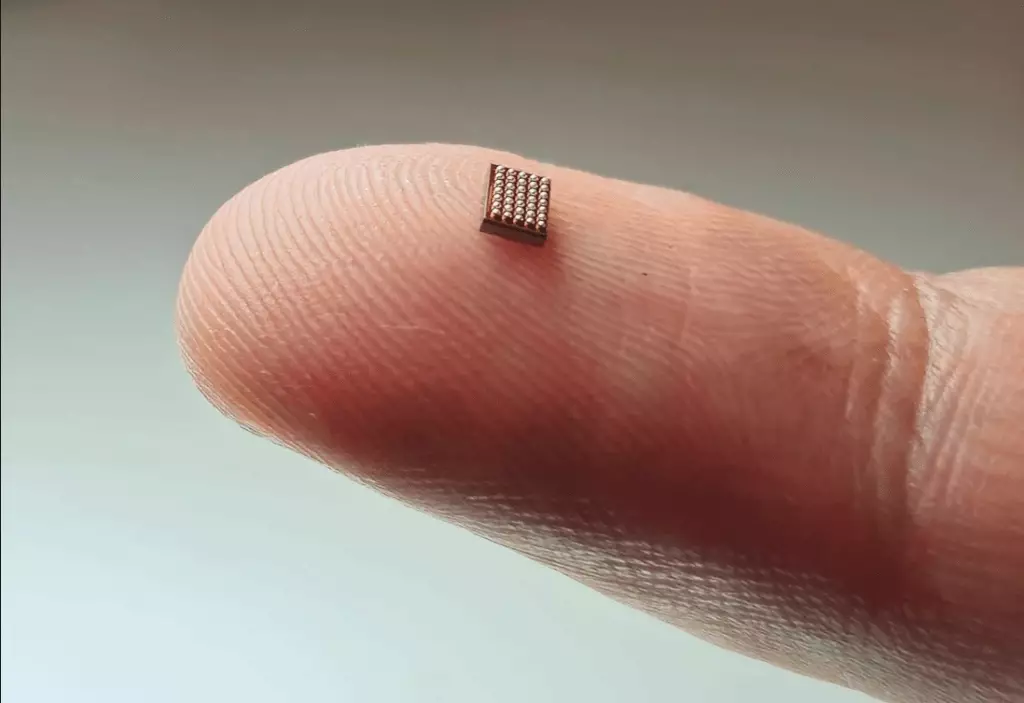The field of artificial intelligence (AI) has been rapidly evolving, with a shift towards more efficient and sustainable hardware solutions. While large language models (LLMs) have dominated the tech headlines, there is a quieter revolution happening in AI hardware known as neuromorphic computing. This emerging paradigm promises to drastically reduce computational and power requirements by mimicking the way biological brains process information.
Neuromorphic processors are designed to replicate the functionality of the human brain, using networks of artificial neurons that communicate through spikes. This brain-inspired architecture offers distinct advantages, especially in edge computing applications for consumer devices and industrial IoT. By using neuromorphic chips, complex AI tasks can be performed with significantly less energy compared to traditional solutions, enabling capabilities like continuous environmental awareness in battery-powered devices.
Innatera, a startup in the neuromorphic chip space, has developed the Spiking Neural Processor T1, which exemplifies the advantages of neuromorphic systems. This innovative processor combines an event-driven computing engine, a conventional CNN accelerator, and a RISC-V CPU to create a comprehensive platform for ultra-low-power AI in battery-powered devices. The efficiency of neuromorphic processors is highlighted by the fact that they can perform computations with 500 times less energy compared to conventional approaches, with pattern recognition speeds about 100 times faster than competitors.
One of the key applications of neuromorphic computing is human presence detection, as demonstrated by Innatera’s partnership with Socionext. This technology leverages a radar sensor and a neuromorphic chip to create highly efficient, privacy-preserving devices such as video doorbells. By using radar sensors instead of power-hungry image sensors, these devices can detect human presence even when a person is motionless, preserving privacy until it is necessary to activate a camera. This technology has broad applications beyond doorbells, including smart home automation, building security, and occupancy detection in vehicles.
The significant improvements in energy efficiency and speed offered by neuromorphic computing have generated substantial industry interest. Innatera has multiple customer engagements, with traction for neuromorphic technologies steadily increasing. The company aims to bring intelligence to a billion devices by 2030 and is ramping up production to meet growing demand. The Spiking Neural Processor is set to enter production later in 2024, with high-volume deliveries starting in Q2 of 2025. Innatera’s rapid progress since its establishment in 2018 is exemplified by its strong investor backing and strategic appointments to its advisory board.
A key factor that could accelerate the adoption of neuromorphic technology is the availability of developer-friendly tools. Innatera has developed an extensive software development kit that allows application developers to target their silicon easily. By using PyTorch as a front end, developers can build neural networks in a standard environment, lowering the barrier to entry for those familiar with popular machine learning frameworks. This approach enables rapid adoption and integration of neuromorphic computing into a wide range of AI applications.
As the tech industry acknowledges the need for new chip architectures to support advanced AI applications, the potential of neuromorphic computing becomes increasingly apparent. The efficiency and sustainability of neuromorphic systems offer a promising future for AI, bridging the gap between current architectures and the demands of artificial general intelligence (AGI). The integration of neuromorphic chips into consumer devices and industrial systems could signify a new era in artificial intelligence – one that is faster, more efficient, and aligned with the capabilities of biological brains.
While large language models have captured the spotlight in AI developments, the rise of neuromorphic computing represents a significant shift towards more intelligent and sustainable hardware solutions. The next few years are poised to be exciting as we explore the full potential of neuromorphic systems in transforming everyday devices and enhancing AI capabilities at the edge.


Leave a Reply